Tao, 1, 2, 3, ∞
September - December 2022
Tech:
# programmed interactive media
# live motion capture
# live video projection
Art and Science:
# live dance performance
# Taoism philosophy
Choreographer and performer: Rose Xu (徐子瑜)
Music: Untitled - Ana Roxanne, Venus - Ana Roxanne
Multimedia Design and Development: Rose Xu (徐子瑜)
Senior Thesis Advisor: Yebel Gallegos
Production Manager: Jessica Myers
Costume Supervisor: Moe Schell
Video Supervisor: Kat Pagsolingan
Faculty Advisor: Souleymane Badolo
Stage Manager: Daniel Nelson
With great thanks to: Prof. Yebel Gallegos, Prof. Keith O’Hara, and Prof. Tara
Lorenzen.
Special thanks to: Betty Wang, Laura MacDonald, Prof. Jean Churchill, Bard Dance
Program, and the Fisher Center Production Team.
Music: Untitled - Ana Roxanne, Venus - Ana Roxanne
Multimedia Design and Development: Rose Xu (徐子瑜)
Senior Thesis Advisor: Yebel Gallegos
Production Manager: Jessica Myers
Costume Supervisor: Moe Schell
Video Supervisor: Kat Pagsolingan
Faculty Advisor: Souleymane Badolo
Stage Manager: Daniel Nelson
With great thanks to: Prof. Yebel Gallegos, Prof. Keith O’Hara, and Prof. Tara
Lorenzen.
Special thanks to: Betty Wang, Laura MacDonald, Prof. Jean Churchill, Bard Dance
Program, and the Fisher Center Production Team.
Suggest viewing on desktop/laptop in fullscreen :)
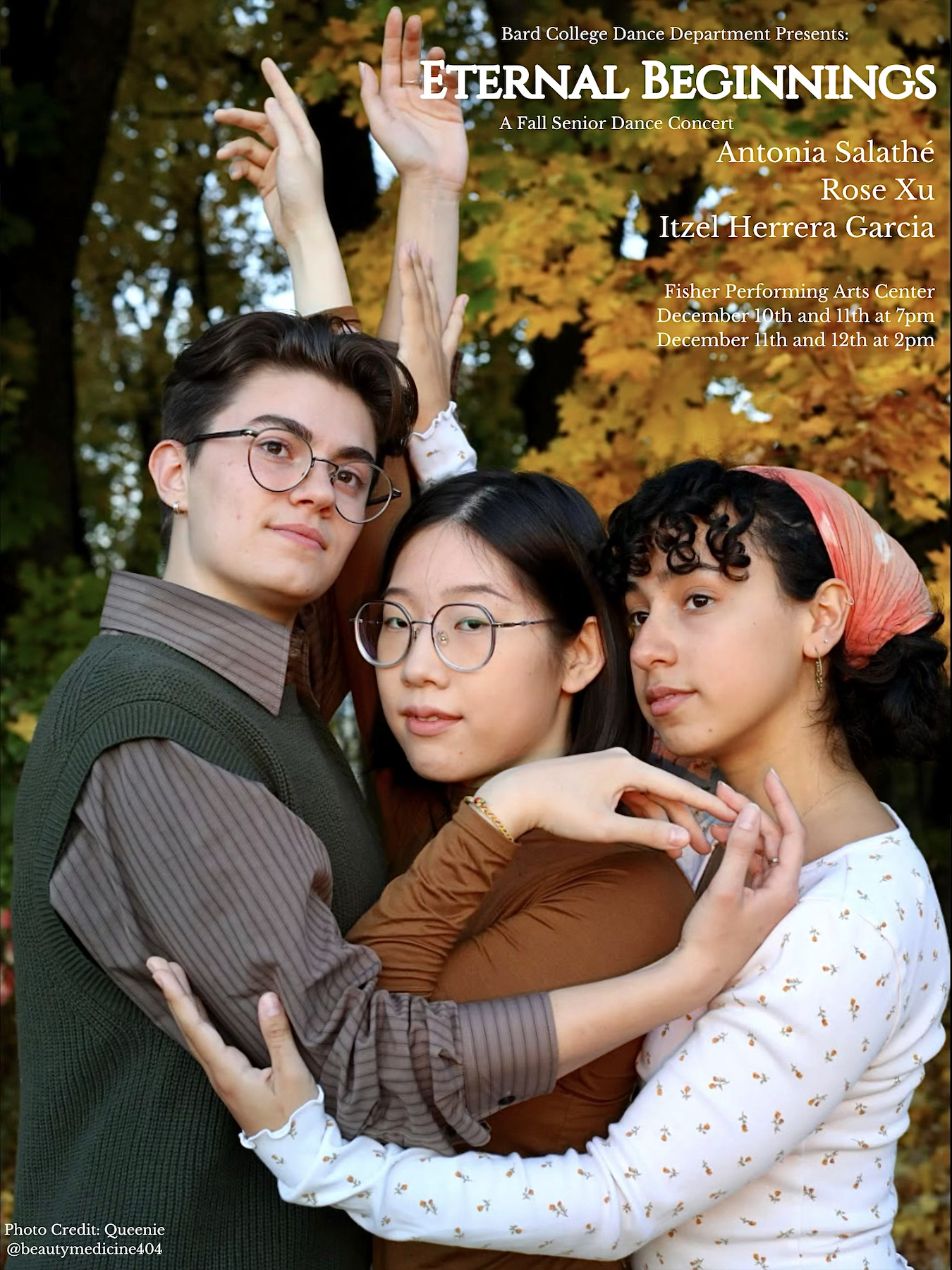

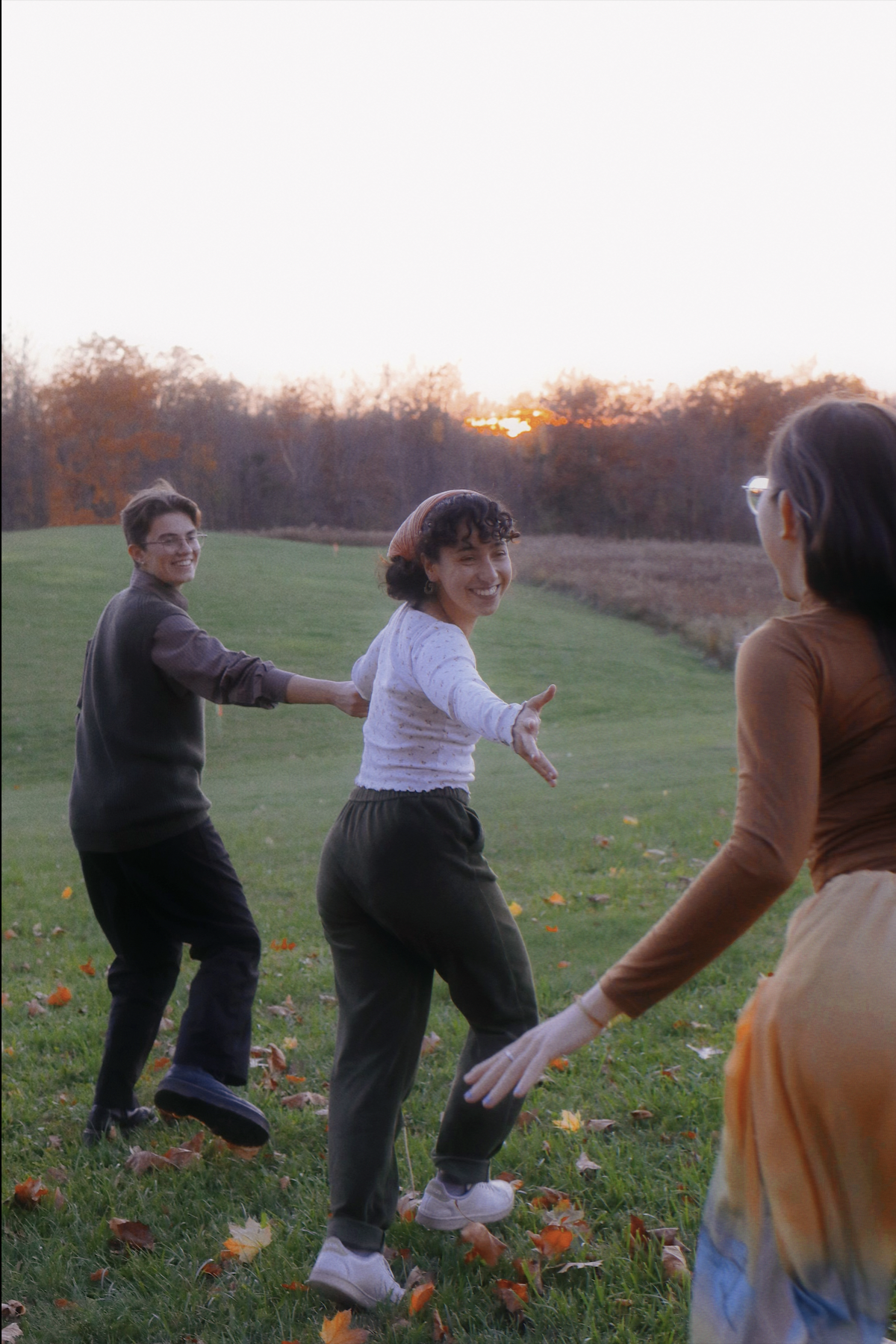



Photo credit: Queenie Si, Chris Kayden. Costume design: Moe Schell, Rose Xu.
 Fig 1. Illustration of the two parallel Newtonian fluid worlds.
Fig 1. Illustration of the two parallel Newtonian fluid worlds. Fig 2. Illustration of the four abstract levels of Taoism cosmological notions.
Fig 2. Illustration of the four abstract levels of Taoism cosmological notions. Fig 3. Four-phases acknowledging the in betweenness of the two-poles.
Fig 3. Four-phases acknowledging the in betweenness of the two-poles.Tech Details ︎
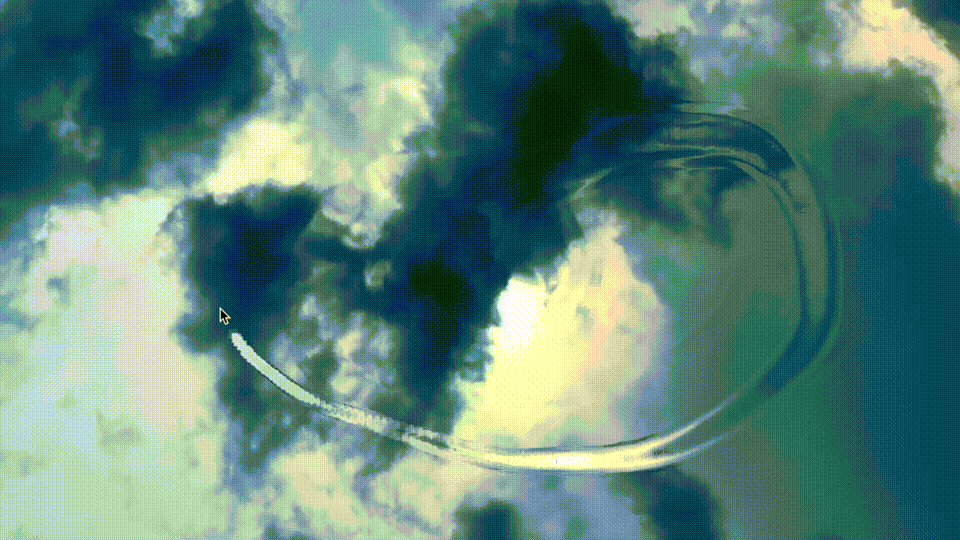 Fig 4. Demo of water ripples on on a video of cloud.
Fig 4. Demo of water ripples on on a video of cloud.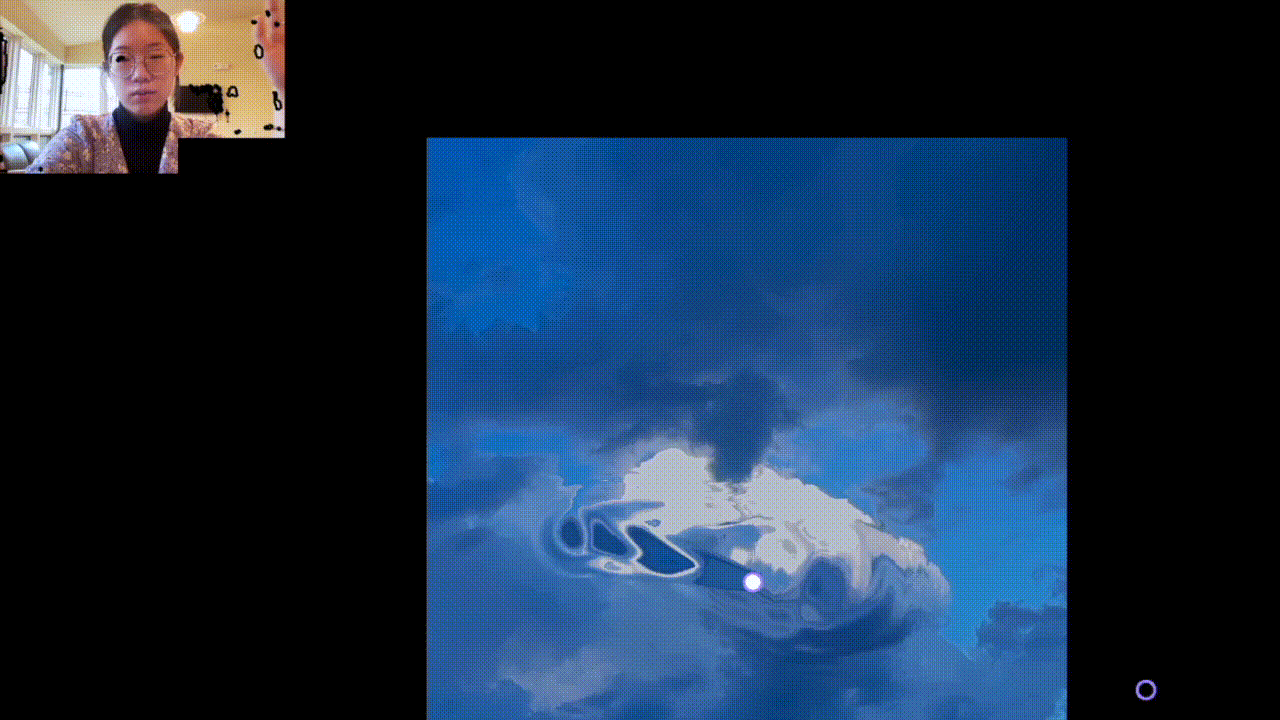 Fig 5. Water ripples on a slow cloud video (to be projected in theatre), guided by human body.
Fig 5. Water ripples on a slow cloud video (to be projected in theatre), guided by human body.Motion Detection
In Taoism, one element of our physical world described by the Eight-images (八卦) is the Ocean. Taoist describes the ocean to be a symbol of heaven because its vastness is able to reflect what is above the clouds. Inspired, I filmed the clouds above Bard College campus, where I lived for four years, and programmed water ripples on the sky - creating an ocean surface reflecting heaven (See Fig. 4). In the performance, the stage is built in the round with the audience sitting on each side of the square stage. Me as the solo performer would travel around the stage with the clouds projected on the floor and water ripples drifting behind me live. The code is developed in Processing. The algorithm is based on the 2D water simulation created by Neil Wallis and Rodrigo Amaya. The motion detection component is developed by myself utilizing the OpenCV package (See Fig. 5), similar to what I used in the project 2022: Another Space Odyssey Fig 6. Recordings of the performance are coming in a couple of weeks - please stay tuned! :)
︎︎︎Scroll to bottom to see technical details on the left column please︎︎︎
What about Water?
I have not traveled home since freshman year because of the global pandemic restrictions, but I turned out spending a lot of time staring at the beautiful sky above Bard College’s 1000-acre campus. From a physics class, I learned that a Newtonian fluid is any substance whose internal stresses are proportional to the rate of change of the substance’s speed. Furthermore, air and water are both Newtonian fluids. I was never able to comprehend this idea intuitively until watching the clouds this summer. I realized how similar the two worlds are: the space between the sky and the ocean, the world that we live in, and the space between the sea level and the seafloor, the world of water creatures (See Fig. 1).
Although at first glance the air world and the water world seem entirely different, human and sea creatures all breathe and live in Newtonian fluid. At the bottom of the air world, humans found fire, invented light, and started our civilization; at the bottom of the water world, the sea creatures also found luminescent symbiotic bacteria to light up their ground. At the top of the water world, the ocean waves never stop raging; at the top of the air world, the rumbling clouds are also a huge existence, both constantly reminding us how tiny we humans are… After studying the water cycle in ecology - the transformation of ocean, clouds, and rain, I am more curious about what is behind the constant physical transformation of water, and what does the parallel worlds above and below the sea level inform me in a philosophical way. Through research, my focus of this project got narrowed down to the connotation of water in Chinese domestic philosophy and art.
Water as the Tao
Taoism is an influential Chinese domestic philosophy school and its root can be traced back to the 4th Century BCE. It defines the Tao (道) as the origin of everything and the ultimate principle underlying reality: Tao is the natural order and the intrinsic rules of all events. It turns out that in Taoism, the physical cycle of water is a symbolism for the notion of the Tao. Furthermore, Tao describes all energy in the world in constant cycle of transformation. In my personal interpretation, the entire Taoism philosophy is built up on one sentence,
“道生一,一生二,二生三,三生万物”
which is the first sentence in Chapter 42 of the classical text Tao Te Ching by the philosopher Lao Zi. Directly translating this sentence would give us,
“Tao begat one; One begat two; Two begat three; Three begat all things”.
Using the Yin-Yang Theory, I would interpret this sentence as,
Using the Yin-Yang Theory, I would interpret this sentence as,
“The Tao has produced Wu Ji (Non-Pole); Wuji has produced Liang Yi (Two-Poles or Yin-Yang); Liang Yi has produced Si Xiang (Four-Phases); Si Xiang has produced Ba Gua (Eight-Images)”.
Each phrase represents a step of understanding the real world from a metaphysical perspective down to the physical perspective. Based on each phrase, I choreographed a dance to represent this system of understanding the universe; the piece is an attempt to embody the Taoism thoughts, as well as a product of my experiencing a Taoist’s thought process of creating the system and their life of embodying the Taoism thoughts.
Trying not to include too many details here, I just want to elaborate on the third step which particularly intrigues me. It says “Two begat three” (“二生三”), where the “two” refers to the Yin-Yang Poles, and “three” refers to the Four-Phases. The Four-Phases almost deny the previous level of understanding — the one-dimensional opposition of the "Two-Poles”. Instead, Taoists start to describe the world’s forces and transformation of energy in the two-dimension, recognizing the in-betweenness rather than just the two extremes of the Yin-Yang poles. The Yin and Yang poles are referred to in the Four-Phases as Full Yin (老阴) and Full Yang (老阳), as I would translate. It is noteworthy that none of the four phases is a stable equilibrium. All beings and energy constantly transform in this cycle defined by the Tao, like how water cycles in the natural world. In a sum, the four-phases argues that everything in the universe lies on the spectrum between the Yin-Yang Poles, the black and white, or any opposing extremes.
What about the Tao
Now after learning about Taoism and the inevitable disequilibrium described by the Four-phases, I knew that I was in the energetic Full Yang phase last semester while working on 2022: Another Space Odyssey, and so according to the natural cycle, it is impossible to stay in the peak for too long. Perfection is rarely possible. Without knowing this Tao, at the beginning of this semester, I was depressed about the previous imperfection and my low energy state, so I ended up getting closer and closer to the Full Yin phase, almost forgetting my passions for life. Now I have bounced off the bottom of the valley and gained some Yang energy from nature, from the people around me, and from the creative process for this dance. Next time I reach the highest point of the cycle, I will be more cautious of using my energy; and when I bounce off the ceiling, I will also try to descend with more peace and acceptance, like landing from a using a parachute jump with control of speed, rather than a uncontrolled free-fall like being kicked off a cliff. Such growth is what I gained from searching for Tao in dance.
Recordings of the performances are coming in a couple of weeks!

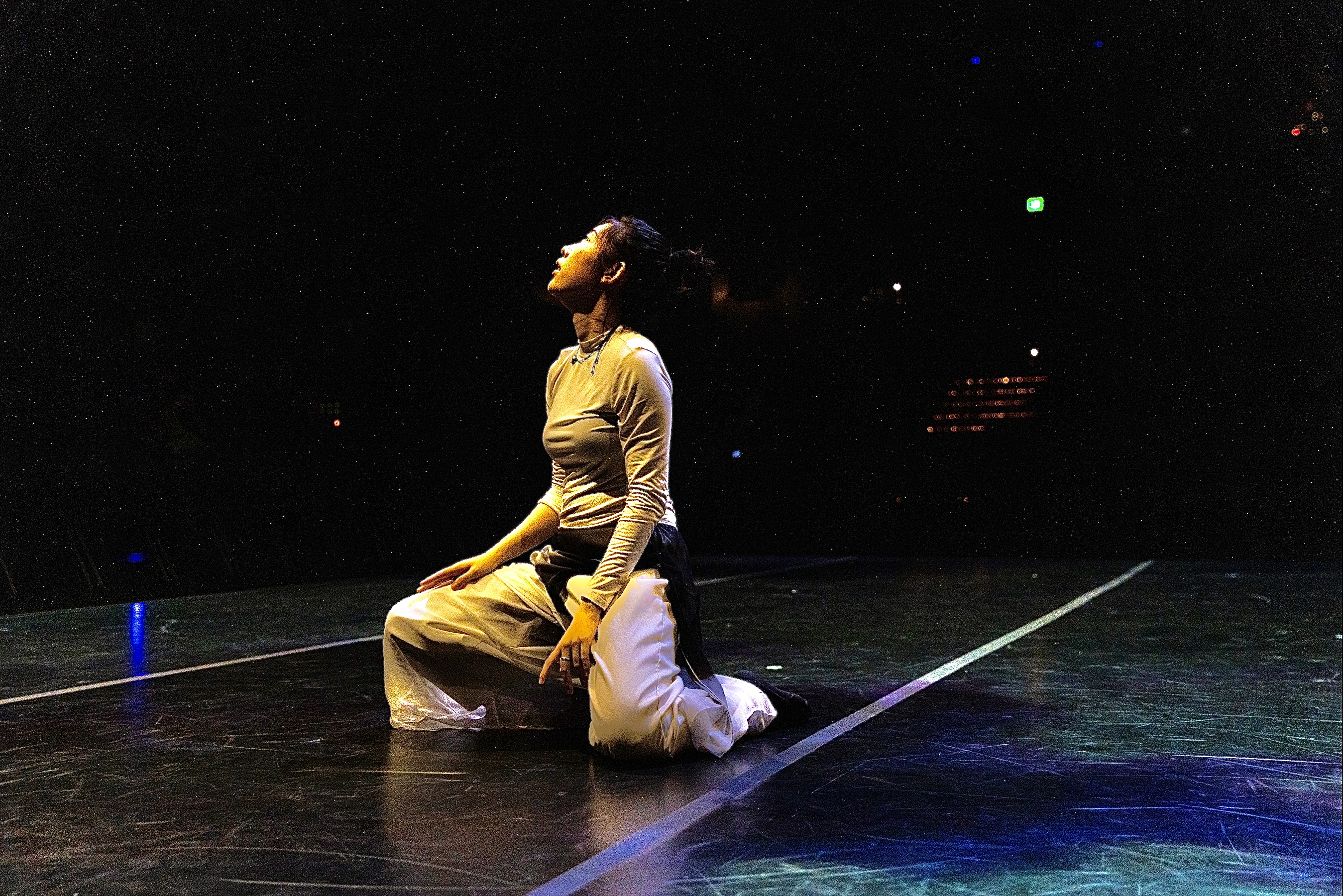



Projects ︎
Rose (Ziyu) Xu
zx303@cam.ac.uk Cambridge,UK
zx303@cam.ac.uk Cambridge,UK
